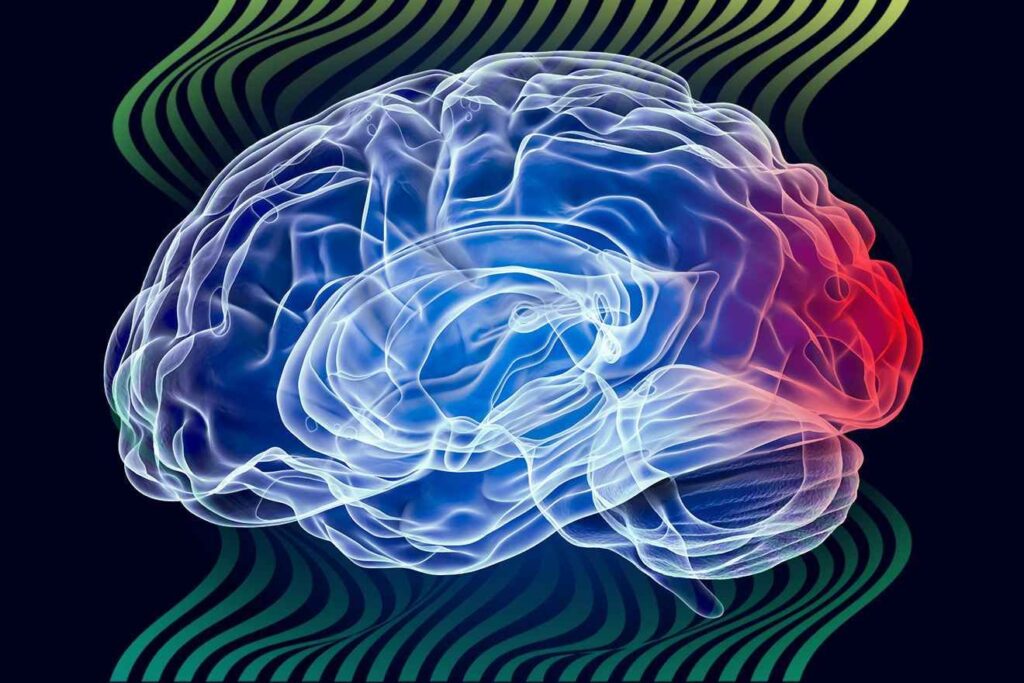Breakthroughs in TBI Research – Lab Innovations Changing Trauma Treatment
Recent advancements in Traumatic Brain Injury TBI research have sparked a wave of innovative approaches within laboratory settings, revolutionizing the landscape of trauma treatment. With approximately 69 million individuals worldwide suffering from TBIs annually, the urgency to develop more effective therapies has never been greater. In response, cutting-edge laboratories are delving into multifaceted strategies to address the complexities of brain trauma. One breakthrough lies in the realm of neuroprotection, where scientists are exploring novel compounds and interventions to shield the brain from further damage post-injury. Through meticulous experimentation, researchers have identified promising candidates that exhibit neuroprotective properties, offering hope for mitigating the devastating consequences of TBI. Furthermore, advancements in regenerative medicine have opened new avenues for repairing damaged neural tissue. Stem cell therapy, in particular, has emerged as a potential game-changer in TBI treatment. By harnessing the regenerative potential of stem cells, scientists aim to promote neuronal repair and regeneration, fostering recovery beyond what was previously thought possible.

Through rigorous laboratory testing and refinement of techniques, stem cell-based therapies are inching closer to clinical application, raising optimism for individuals grappling with the aftermath of brain trauma. In tandem with regenerative approaches, researchers are pioneering innovative methods to enhance neural plasticity following traumatic brain injury labs in dallas. Harnessing the brain’s remarkable ability to rewire itself, neurorehabilitation strategies are undergoing a renaissance in laboratory settings. From virtual reality-based therapies to non-invasive brain stimulation techniques, these interventions aim to facilitate adaptive changes in brain circuitry, aiding in functional recovery post-injury. Through interdisciplinary collaboration and technological innovation, laboratories are at the forefront of transforming neurorehabilitation from a concept into a tangible reality, offering hope for those navigating the arduous journey of TBI recovery. Moreover, the integration of advanced imaging modalities is revolutionizing our understanding of TBI pathophysiology and guiding personalized treatment strategies. From functional MRI to diffusion tensor imaging, these cutting-edge techniques provide unprecedented insights into the intricate alterations occurring within the injured brain.
By unraveling the complex interplay of structural and functional changes, researchers can tailor interventions to the unique needs of each patient, optimizing outcomes and minimizing long-term sequelae. With continued refinement and validation, these imaging innovations hold immense promise for revolutionizing clinical management and improving prognostic accuracy in TBI patients. In addition to therapeutic interventions, laboratories are at the vanguard of developing innovative diagnostic tools to expedite TBI identification and facilitate early intervention. From point-of-care biomarker assays to wearable sensor technologies, these rapid diagnostic tests enable swift and accurate assessment of TBI severity, empowering clinicians to initiate timely interventions and mitigate secondary injury cascades. By bridging the gap between bench and bedside, these laboratory innovations have the potential to revolutionize TBI triage and streamline clinical decision-making, ultimately improving patient outcomes and reducing healthcare burdens. In conclusion, laboratory innovations are reshaping the landscape of TBI treatment, offering a beacon of hope for millions affected by this debilitating condition. From neuroprotective compounds to regenerative therapies and advanced imaging modalities, the collective efforts of researchers are driving unprecedented progress in our understanding and management of TBI.

